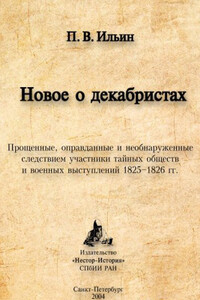Английский язык для специальных и академических целей: Международные отношения и зарубежное регионоведение. Часть 1 | страница 9
Nor would there have been so much international mobility of labour — and hence so much global convergence of incomes before 1914 — without the British Empire. True, the United States was always the most attractive destination for nineteenth century migrants from Europe; nor did all the migrants originate in the colonising countries. But it should not be forgotten that the core of the US had been under British rule for the better part of a century and a half before the War of Independence, and that the differences between independent and British North America remained minor.
It is also worth remembering that the significance of the white dominions as destinations for British emigrants grew markedly after 1914, as the US tightened restrictions on immigration and, after 1929, endured a far worse Depression than anything experienced in the sterling bloc. Finally, we should not lose sight of the vast number of Asians who left India and China to work as indentured>9>labourers, many of them on British plantations and mines in the course of the nineteenth century. There is no question that the majority of them suffered great hardship; many indeed might well have been better off staying at home. But once again we cannot pretend that this mobilisation of cheap and probably underemployed Asian labour to grow rubber and dig gold had no economic value.



